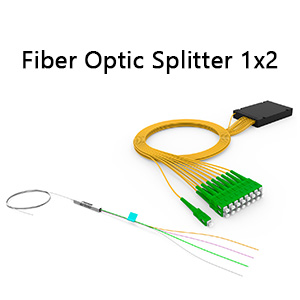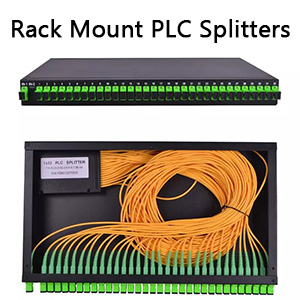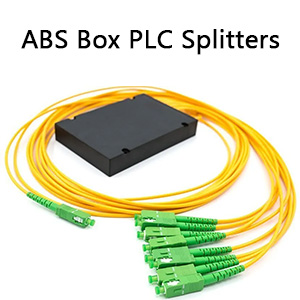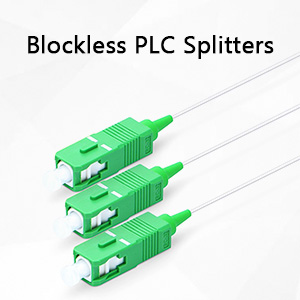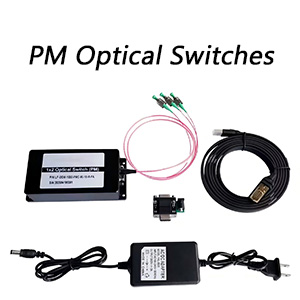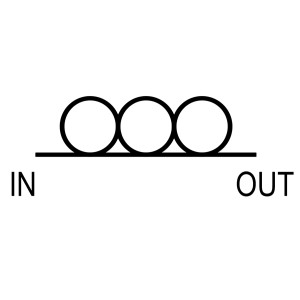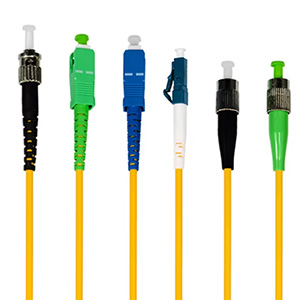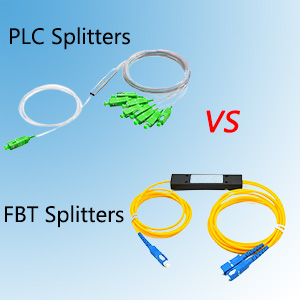In the world of fiber optics, polarization-maintaining (PM) components are crucial for preserving the polarization of light signals. These specialized components ensure that light remains in a specific polarization state throughout its transmission, which is essential for various high-performance applications like telecommunications, sensors, and scientific research.Even though most people know that PM components can bring high efficiency and benefits, they lack relevant knowledge and miss out on many benefits. In the following articles, we will bring various important details about PM components.
What Are PM Components?
PM Components is a specialized type of fiber with inherent birefringence that ensures the preservation of linear polarization of an input light beam. While all optical fibers exhibit some degree of birefringence, even those designed with circular symmetry, this effect is usually caused by mechanical stress or external factors that disturb the fiber’s symmetry.
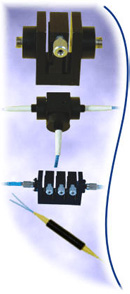
In fiber optic systems, the polarization of light can change unpredictably as it propagates, especially when affected by fiber bending or temperature fluctuations. These polarization variations can degrade system performance, making polarization stability crucial for certain optical components. PM Components, such as modulators, are designed to preserve polarization integrity, ensuring accurate signal transmission and system reliability.
Key PM components FiberLife include:
- PM Optical Switches: Devices that enable the selective routing of optical signals between different fiber paths while maintaining the polarization state, essential for dynamic optical network management.
- PM Optical Attenuators: Used to precisely reduce the power of optical signals without disturbing their polarization, ensuring stable and controlled transmission across the system.
- PM Splitters: Components that split an input optical signal into multiple outputs while preserving its polarization, widely applied in optical sensing and fiber network branching.
- PM Circulators: Non-reciprocal devices that direct light from one port to the next in a sequential manner, ensuring polarization is maintained and signal routing is efficient.
- PM Isolators: Critical devices that allow light to pass in only one direction, protecting sensitive optical components from back reflections while preserving polarization integrity.
- PM Filters: Optical devices that selectively transmit specific wavelengths or polarization states, improving system performance by minimizing noise and unwanted signals.
- PM Polarizers: Components that filter light to a single polarization state, used in systems that demand high polarization extinction and signal purity.
- PM Faraday Mirrors: Reflective devices that rotate the polarization of reflected light, often employed in interferometric setups and enhancing system stability against polarization changes.
- Isolator-type PBC/PBS (IPBC/IPBS): Specialized polarization beam combiners (PBC) and polarization beam splitters (PBS) integrated with isolator functionality, used for combining or splitting polarized beams while preventing back reflections.
Why Are PM Components Important?
Maintaining the polarization of light is crucial for a wide range of optical systems. Without proper PM components, polarization can degrade over time or due to external influences, leading to performance degradation or failure.
The benefits of using PM components include:
- Stable Polarization: Ensures that the light’s polarization remains constant during transmission.
- Enhanced Signal Integrity: Reduces distortion and noise in the transmitted signal, leading to improved system performance.
- Reliable Performance: PM components are designed to function reliably in harsh environments, making them ideal for demanding applications.
Applications of PM Components
PM components are used in a variety of specialized applications, including:
- Telecommunications: For high-speed data transmission where maintaining polarization is crucial.
- Fiber Optic Sensors: In systems where precise measurements depend on the polarization state of light.
- Fiber Amplifiers: To ensure that the amplified signal maintains its polarization.
- Optical Interferometry: Where polarization preservation is essential for accurate measurements.
How to Choose the Right PM Components?
When selecting PM components for your system, consider the following:
- Application Needs: Choose components based on your system’s requirements, such as low insertion loss for high-speed telecom or high polarization extinction ratio for sensors.
- Compatibility: Ensure the components are compatible with your existing system, including fibers, connectors, and devices.
- Environmental Conditions: Consider components designed to perform in specific environmental conditions, such as temperature extremes or mechanical stress.
Conclusion
PM components are critical for systems that require stable polarization of light. From PM fibers to connectors, splitters, and couplers, these components ensure the optimal performance of optical systems. At Fiber-Life.com, we offer a wide range of PM components, tailored to meet the needs of different applications. Whether you’re building a high-speed telecom network or a precision sensor system, we have the right solution for you.

